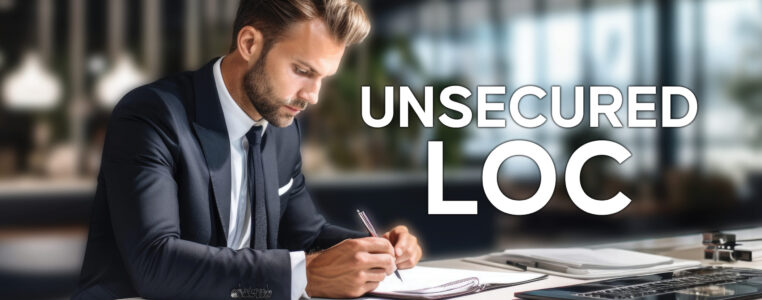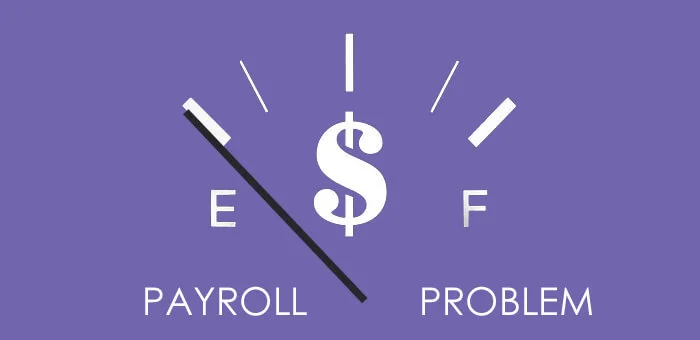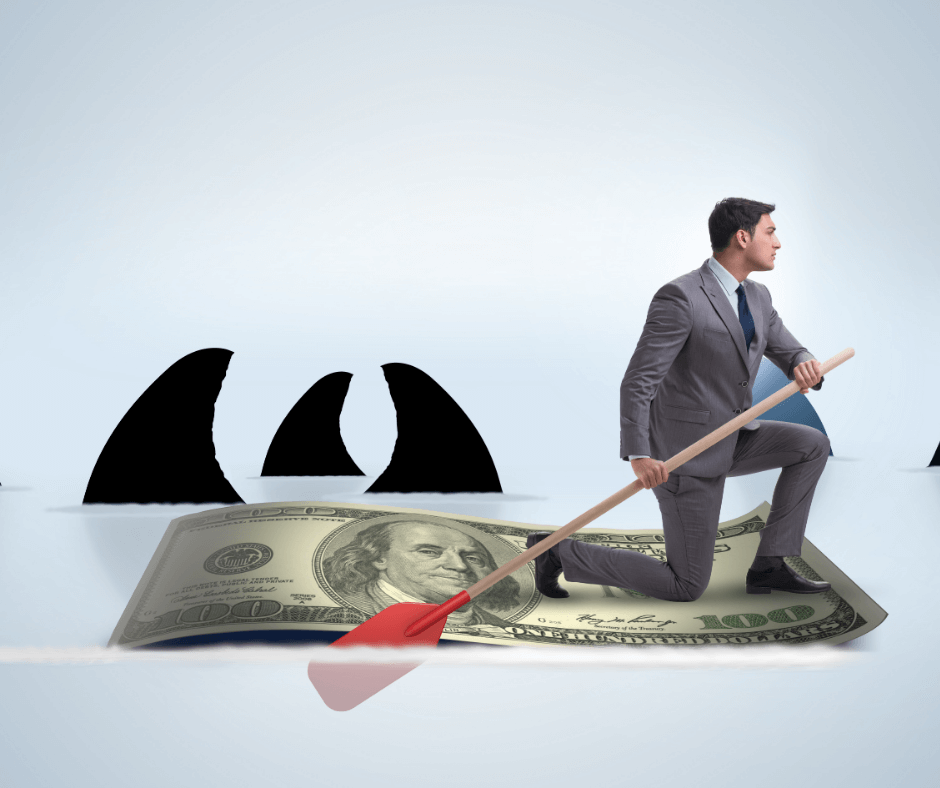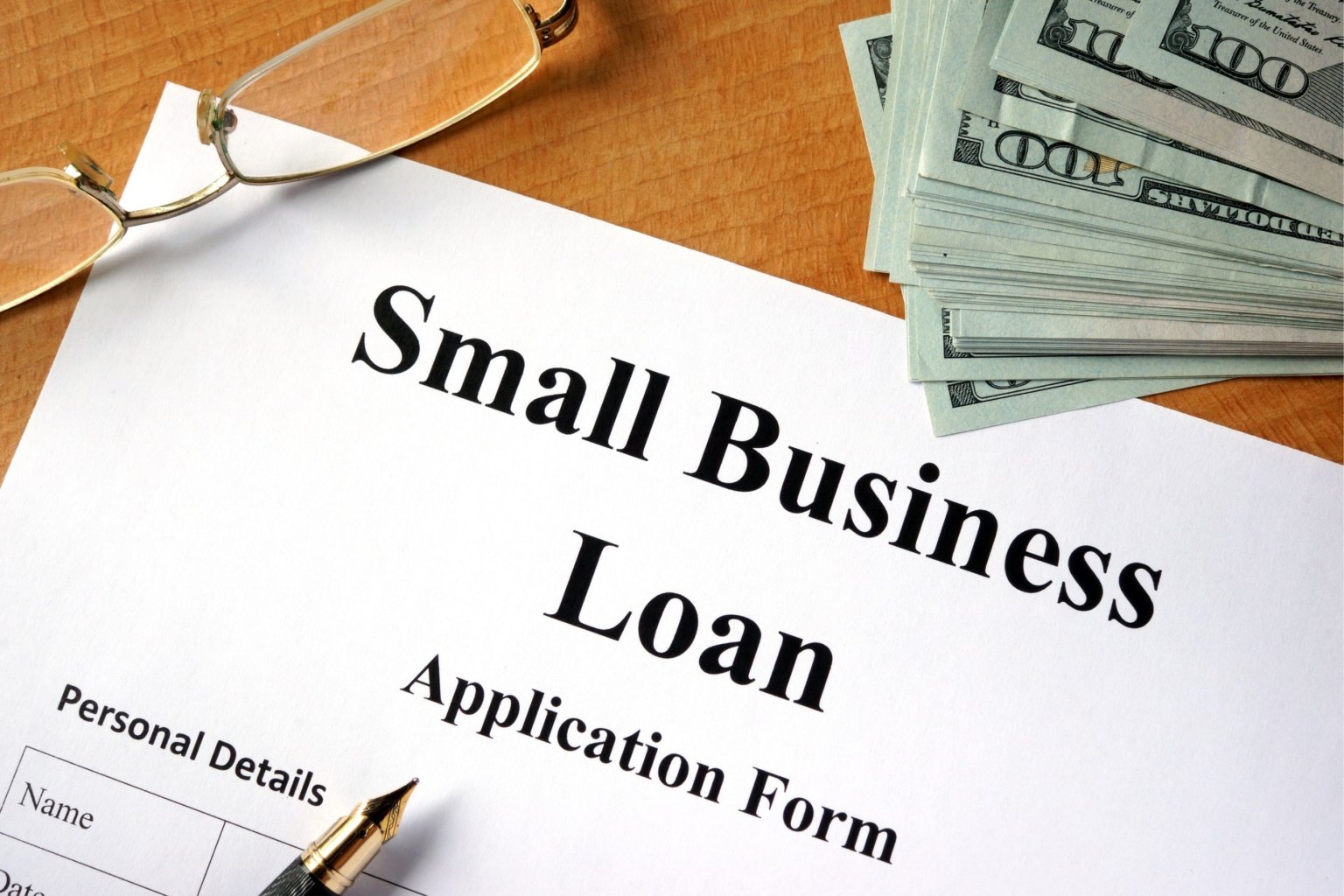Expert advice: How to qualify for an unsecured business LOC (without collateral)
As a healthcare business owner, you face unique payroll challenges. To surmount them, you need long-term payroll financing solutions without long-term debt.

You have a brilliant business idea, a solid plan, and the drive to make it happen. There’s just one thing holding you back: you can’t get funding because you have no collateral.
Collateral has always played a crucial role when it comes to securing loans for new projects or small businesses. The problem? If you have a small business, new project, or startup, you most likely have no collateral other than your home or car. And you do not want to be putting those items on the line.
Before you give up, though, be aware: Small business owners can receive financing even without collateral. You just need to get creative.
In this article we take a deep dive into the world of unsecured business lines of credit, where we talk about:
- What unsecured lending is — and how to access unsecured loans
- Unsecured vs. secured lending — the differences and how they affect you
- Creative financing options like unsecured business LOCs, payroll funding, and alternative financing options
- How to qualify for an unsecured loan
Can I get funding without collateral?
Is it possible to obtain funding without offering collateral? The short answer is “yes.” An unsecured business line of credit will give you access to the necessary capital without pledging assets as security.
What is unsecured lending?
Unsecured lending grants credit or loans to businesses without requiring collateral. Instead, lenders assess the creditworthiness of the borrower.
This lets your business secure funds solely based on your credibility and potential, rather than actual assets.
Secured vs. unsecured lending: The comparison
The obvious difference between secured and unsecured lending is the presence or absence of collateral. By pledging collateral, you provide the lender with a tangible guarantee that the loan will be repaid.
| Unsecured | Secured | |
| How to qualify | Qualify with creditworthiness
|
Qualify with collateral
|
| Main Features | Lower risk for you, but higher interest rates.
Borrowing limits can be lower due to the lack of collateral. Usually quicker to apply and eligibility can be determined in as little as 30 seconds. |
Higher risk for you, but lower interest rates.
Borrowing limits can be high. Longer process that requires the valuation of assets. |
| If you don’t pay up | Lenders will use legal processes to initiate collection. | Lenders seize your valuable assets. |
| Best for | Smaller funding needs or bridges for temporary gaps. | Ideal for businesses with assets and large projects. |
In brief — secured lending features:
- Having collateral significantly reduces the lender’s risk, hence, they usually offer you lower interest rates compared to unsecured loans.
- Higher risks for you as a borrower — the lender has the legal right to seize the collateral and use it to recover the amount owed.
In brief — unsecured lending features:
- Instead of collateral, your creditworthiness is critical as the primary determining factor for the approval and interest rates.
- The absence of collateral makes unsecured loans riskier for lenders, which is reflected in higher interest rates.
- In the event of default on an unsecured business loan, the lender may resort to legal action but cannot seize any of your assets.
Creative unsecured lending options
Unsecured lending is an attractive option if your businesses lacks substantial assets or you aren’t thrilled with the idea of risking them.
Here are some examples of commonly available unsecured loans:
| Unsecured business lines of credit | You receive an approved amount of credit, and can use it for any expenses or needs that come up. Business lines of credit are best set aside for projects — not day-to-day operations. Read more about the business line of credits in our previous articles. |
| Revolving credit facility | You use and reuse a credit given by the lender as long as the minimum payments are paid. Unlike a business line of credit, revolving credit accounts remain open indefinitely. Read a full comparison here. |
| Credit card stacking – (credit cards are a type of revolving credit) | You obtain multiple, high-limit credit cards — based solely on your creditworthiness. Many cards offer zero interest for the first year or two, which makes them an attractive “interest-free loan” to consider. |
| Payroll funding | A same-day loan for payroll expenses with low rates that you can take out for upto 4 weeks. Enrolling is free — so you can apply, and have it available as a backup at no cost until you use it. |
| Business term loans | This is a large sum received upfront for a specific lending term. |
| Business overdraft | Business overdraft is a line of credit for a very short-term cash flow need, in which interest is only charged on the overdrawn amount. These work best when unexpected expenses come up and you need a short-term infusion of cash. |
| Merchant cash advance | You receive a lump sum in exchange for a percentage of your future credit card sales. This is best for businesses with high credit card volume (restaurants, merchandise, etc). |
How do I qualify for unsecured lending?
The biggest issue for lenders is that unsecured lending carries much higher risk for them. To lessen the risk, unsecured loans carry higher interest rates and have specific criteria for eligibility.
Some of those, like creditworthiness, are common; however, many lenders will also consider the future vision of your company.
- Creditworthiness & FICO scores. The lender will want to see your business’s credit score, credit history, financial statements, etc.
It’s essential to maintain a healthy FICO credit score when seeking an unsecured business line of credit. Typically, lenders expect a minimum score of around 700. - No negative history. In addition to a healthy FICO, you need to avoidnegative history on your credit.
- Time in business. Typicalrequirements for time in business range between 1-2 years
- Revenue and cash flow. Lenders might require a minimum monthly revenue or cash flow level
- Financial stability & projected Income.Certain lenders might use your expected future income to decide whether to provide you with an unsecured line of credit. If you can show a strong business plan and explain how you expect your revenue to grow, you’ll make a convincing case for being eligible.
Getting funding for a business venture without having to provide collateral is not only possible but also becoming easier through unsecured options. With the right approach, your business can thrive and expand, even without the need for a personal guarantee or collateral.
Morris Reichman
hello@payrofinance.comMorris Reichman is the founder and CEO of Payro Finance. Former Vice President at Infinity Capital Funding an alternative finance company, Morris possesses a versatile background in the finance industry. Having spent 7+ years working across global macro operations and start up corporate finance Morris's expertise is in business accounting, risk management and investment analysis. Morris founded Payro Finance to support business owners and ensure their business continuity.
Need a short-term loan to cover payroll?
Apply in under two minutes, and get approved within 2 days. Once approved, funds are in your account the same day.
- Always 1.5% weekly
- Up to $500,000
- Same-day funding


